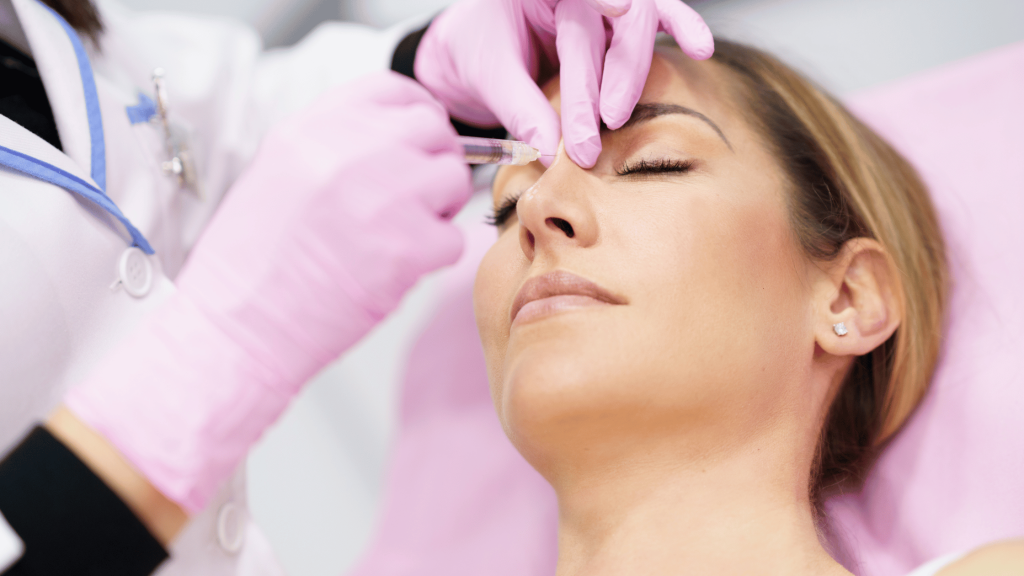
Introduction to Dermal Fillers
The world of aesthetics and beauty treatments is constantly evolving, and dermal fillers are certainly a star player in the game. However, a commonly asked question is, “Do dermal fillers look better over time?” This is a good question, considering the significant investment in both money and time these treatments require.
Let’s delve into this subject and explore the truth about the temporal evolution of dermal fillers.
Dermal fillers, often made up of hyaluronic acid, are injectable gels that rejuvenate facial skin by reducing or getting rid of wrinkles, enhancing lips, and restoring volume and fullness in the face. They are non-permanent, and the effects typically last between six months to two years, varying based on the type of filler, area of application, and individual metabolic factors.
Reports about Dermal Fillers
Here’s the interesting part: many individuals report that their dermal fillers look more natural and better integrated with time. This perception isn’t mere coincidence. After the initial few weeks post-injection, there tends to be a settling period during which the fillers meld seamlessly with the facial tissues.
This process gives the treated area a more refined, natural look. However, this doesn’t mean dermal fillers continuously improve until they completely dissolve.
As the body metabolises the hyaluronic acid, the filler’s volume gradually decreases. After a peak period of optimal effect, which varies for different individuals, the filler will slowly start to dissipate. This loss in volume over time can result in a return of the initial signs of ageing or volume loss.
So, in essence, there is a ‘sweet spot’ timeframe, typically a few weeks to a couple of months after the treatment, where dermal fillers often look their best. During this period, any initial swelling or bruising has healed, and the filler has had time to settle into its most natural state. That being said, everyone’s body is unique, and people react differently to dermal fillers.
Some may find their optimal look immediately after treatment, whilst others might experience it a bit later. This variance is a normal part of the process, making the journey with dermal fillers a highly personal one. Dermal fillers indeed have the potential to enhance one’s aesthetic appeal, but they aren’t magic potions for everlasting youth.
Regular touch-ups and a balanced skincare regime play crucial roles in maintaining the desired look over time. It’s also essential to choose a skilled and experienced practitioner to guide your dermal filler journey, ensuring safe procedures and effective results.
Conclusion
In conclusion, do dermal fillers look better over time? Yes and no. There’s a ‘sweet spot’ where they appear to reach their peak, looking their most natural and well-integrated. But they don’t continuously improve until they’re gone. They remain, as ever, a tool in the vast beauty toolkit, best used under the guidance of professionals, and in conjunction with a comprehensive approach to skincare and ageing.